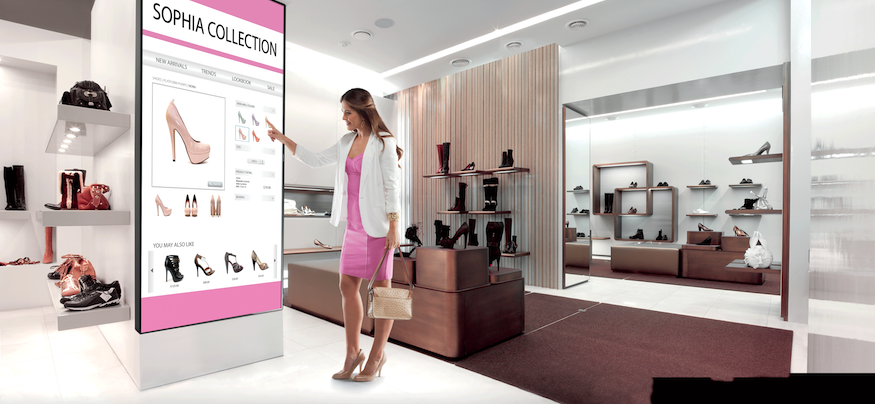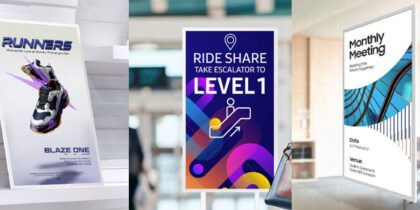A survey from the Economist Intelligence Unit found that 81 percent of millennials use their mobile device as their main purchasing channel. Beyond that, the 51 percent of consumers who do not use mobile devices for shopping plan to in the future. If you’ve bought anything in the last few years, these statistics shouldn’t come as a surprise.
While these statistics might sound intimidating, retailers don’t need to feel afraid. Consumers still need brick-and-mortar stores. In the age of mobile, retailers must clearly articulate the value of in-person experiences using digital data and technology to their advantage.
Data Shines Light on Retail
Have you ever looked at sofas online only to close the tab and see ads for local furniture stores on your social media feeds? If so, you know websites can track how long customers view an item, whether they made a purchase and how much they spent. The .com and mobile app properties completely leap-frogged traditional retail, growing and expanding the market online. This growth is largely thanks to ecommerce’s ability to collect data and connect consumers to the right goods and services. Fortunately, data-driven retail doesn’t have to be exclusive to the internet.
In-store sensors and beacon technology, for example, can send personalized behavioral and demographic data to a business’s cloud computing system, offering insight into who customers are. This data can educate product, layout and display strategies by providing information on consumer preferences, budgets and more as customers make multiple visits to a store.
IoT Tools Are Reshaping the Shopping Experience
Discover how you can create the retail experience of the future in this white paper. Download Now
Informing Better Experiences
While it is hard to compete with the lure of shopping from a couch or bed, brick-and-mortar retail stores can tap into data to craft in-store experiences that will make shoppers want to leave the house. Executed well, these experiences have the ability to connect consumers and brands in a significantly more immersive way than online retail can. Indeed these experiences are so powerful that many exclusively online retailers like Everlane and Warby Parker have opened physical locations in efforts to increase the strength of their brands among customers.
Beacons can already detect mobile devices and trigger offers, call-to-actions and welcome messages directly onto in-store displays and signage. By combining artificial intelligence with data collected about the customer from the current and previous shopping experiences, retailers can use beacons and enticing digital signage to deliver personalized recommendations about products and services consumers might not otherwise consider or find on their own.
Retailers can also use data to smooth over pain points during in-store shopping experiences. Connected devices and cloud technology can gather data on the length of a typical transaction and the time shoppers spend in-store to monitor and iron out inefficiencies.
The Internet is not replacing brick-and-mortar retail, but it is forcing retailers to reconsider how they run their stores. The .com and mobile spaces have created natural efficiencies for better, more personalized shopping experiences. A consumer can discover in 30 seconds what used to require visiting three stores. Instead of thinking in terms of online versus physical retail, business owners should take a cue from ecommerce and integrate data and emerging technologies to deliver richer in-store experiences. Retailers can take the first step toward success by sticking to their core competencies and forming strategic relationships with partners who can handle everything else.
Looking for more cutting-edge retail solutions? Check out our full line of innovative retail technology.









